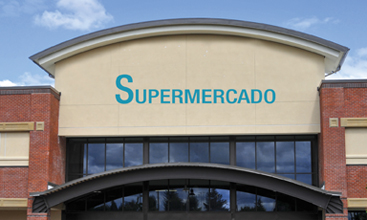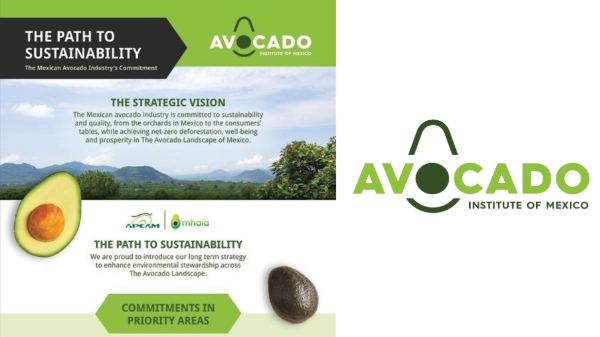Welcome to Blue Book!
Are you ready to join the thousands of companies who rely on Blue Book to drive smarter decisions? View our plans and get started today!
Still have questions? We’d love to show you what Blue Book can do for you. Drop us a line– we’ve been waiting for you.

Big chains rely more on name brands such as Goya and tend to carry the same products, from yuca to plantains to canned beans, in all Hispanic-index stores. A store such as Presidente in Miami, on the other hand, can tailor its products in the Little Haiti neighborhood specifically to the tastes of Haitian and Dominican consumers.
This flexibility has proven essential since U.S. Hispanics come from many countries and cultures. Mexico represents the vast majority at 64.2 percent, but the remaining 35.7 percent are from more than 20 other countries. Certain cities and neighborhoods are dominated by specific cultures, such as Puerto Ricans in New York City, Cubans in Miami, and Salvadorans in Langley Park, Maryland. Prang says each of these populations not only have unique produce needs, but differ in how they even think about food.
Variety and Quality
Authenticity is of major importance, in both the types of commodities available and their quality. “Recent immigrants are very particular about product,” Prang says, noting they look to the Hispanic channel for specific types of peppers, or very ripe, red tomatoes, wanting the quality of these items to match those grown in their home country.
Variety is also key. Herrera says the Los Angeles Produce Market tries to bring in as many new products as possible within the constraints of trade agreements and federal regulations. A few of the commodities with rising volume include papaya, pineapple, mangos, guavas, nopales (prickly pear leaf), tunas (prickly pear fruit), pitayas (dragon fruit), and guanabanas (soursops). For a more in-depth look at up-and-coming Hispanic fruits and vegetables, see the “Mainstream Appeal” article in this supplement.
Parallel Trends
Many of the trends in Hispanic specialist stores reflect those in supermarkets at large. Rocha notes that some of the exhibitors receiving the most attention at Sabor Latino were frozen fruit and vegetable pops, organic baby food, and vegan plant proteins. “We’ve seen more interest in healthier snack options for the Latino market,” she confirms.
A desire for convenience is also on the rise among U.S. Hispanics, with many chains offering a wide range of tasty, fresh, grab-and-go prepared foods. “Instead of just a tamale that you heat up, consumers want a tamale that tastes like their mom’s tamale,” explains Rocha.
Prang, meanwhile, emphasizes that the Hispanic market remains fragmented by country of origin, degree of acculturation, shopping habits, and neighborhood. He believes standardized marketing will not work for Hispanic shoppers, but specialized promotions about specific products and services will gain more traction.
As both the U.S. Hispanic population and its purchasing power continue to rise, food retailers have a grande opportunity to provide product to a burgeoning market. Hispanic retailers are no longer a niche trying to gain a foothold in the U.S. food market, but a bona fide force to be reckoned with in the twenty-first century.
Image: Shutterstock








